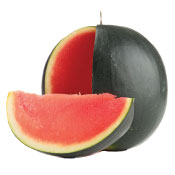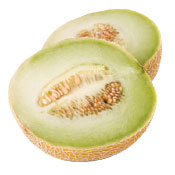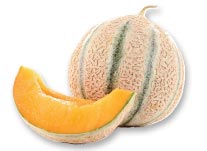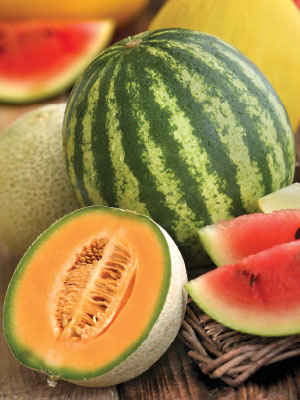Local melons
This article was originally published in August 2015
Icons of summer, melons are sweet and refreshing, offering a healthy dose of vitamins A & C, potassium and magnesium. Eat them in giant slices, try them in our Garbanzo and Melon Salad or blend the fruit into a thirst-quenching drink.
The classics

Every year we look forward to the organic black-rind seedless watermelon grown by our longtime partners Inaba Farms in Wapato, Wash. This melon’s rind is solid dark green with no stripes and offers an incredible amount of juice. Discover an easy way to slice a watermelon »
Our local, organic cantaloupe is grown by Walchli Organics in Hermiston, Ore.
The varietals


Go beyond common cantaloupe and try two specialty melons — Galia and Charentais — cultivated by Schreiber & Sons Farm in Eltopia, Wash.
Galia is a hybrid cross of cantaloupe and honeydew. While it has the appearance of a cantaloupe on the outside, inside it contains light green, smooth-textured flesh. Its flavor is subtler than honeydew but still very sweet.
A French cantaloupe, the Charentais is grapefruit-sized and incredibly aromatic. Its deep orange flesh is firmer and richer than the everyday cantaloupe while its flavor is sweet and less musky, pairing well with savory foods.

Selecting your melon
To choose a ripe cantaloupe, Galia or Charentais, look for a yellow color, rather than green, under the webbing of the skin. Select melons that are fragrant and heavy and that give a little when pressed on the stem end.
To choose a ripe watermelon, look for the spot where it sat on the ground; if the spot is yellow, it means the melon ripened on the vine longer. If the spot is white, the melon won’t be as ripe. Then tap or knock the melon. If your tap vibrates to the bottom, the melon will be nice and crisp.
Watch our video on how to choose a perfectly ripe melon every time.
